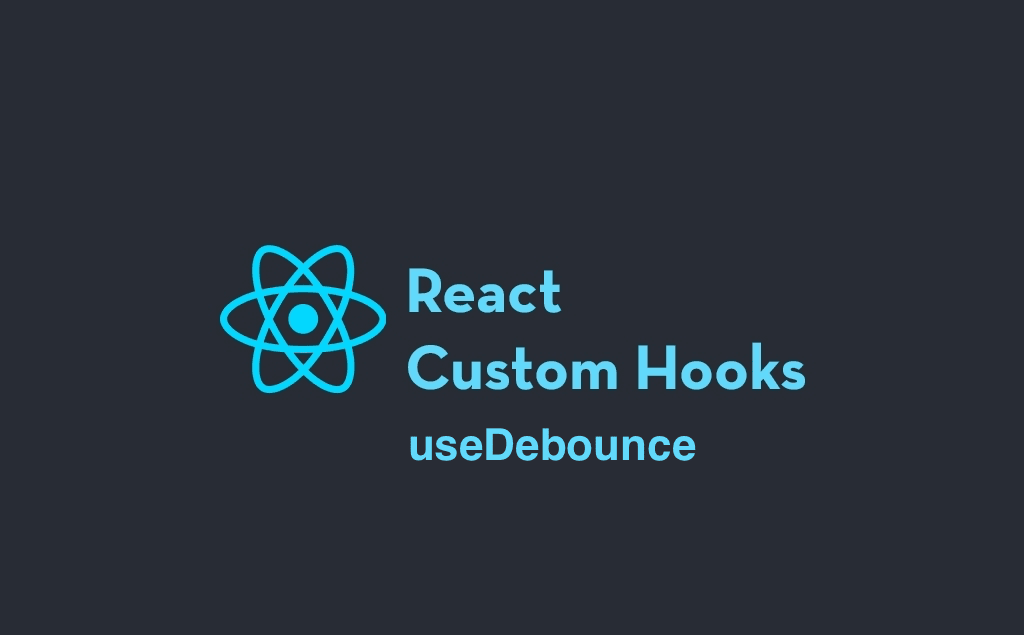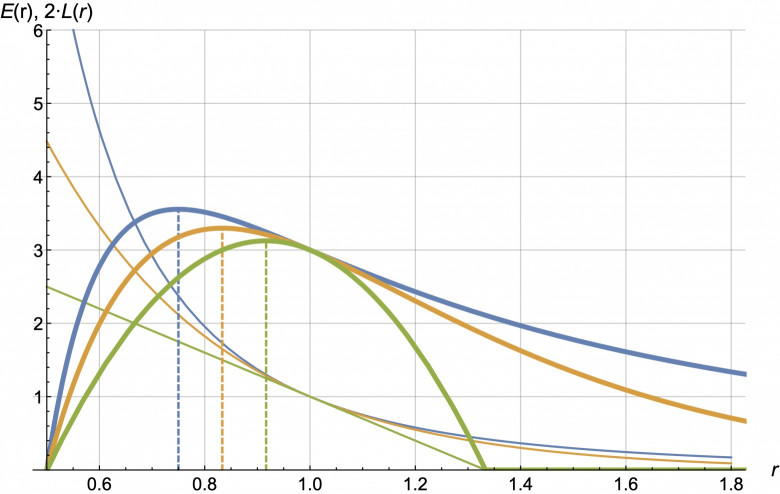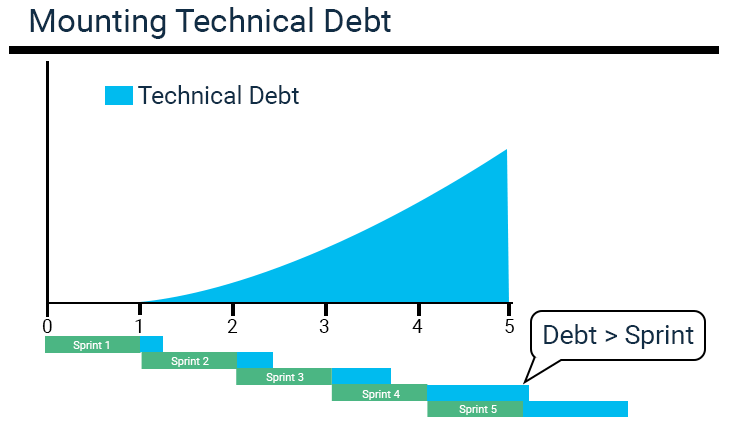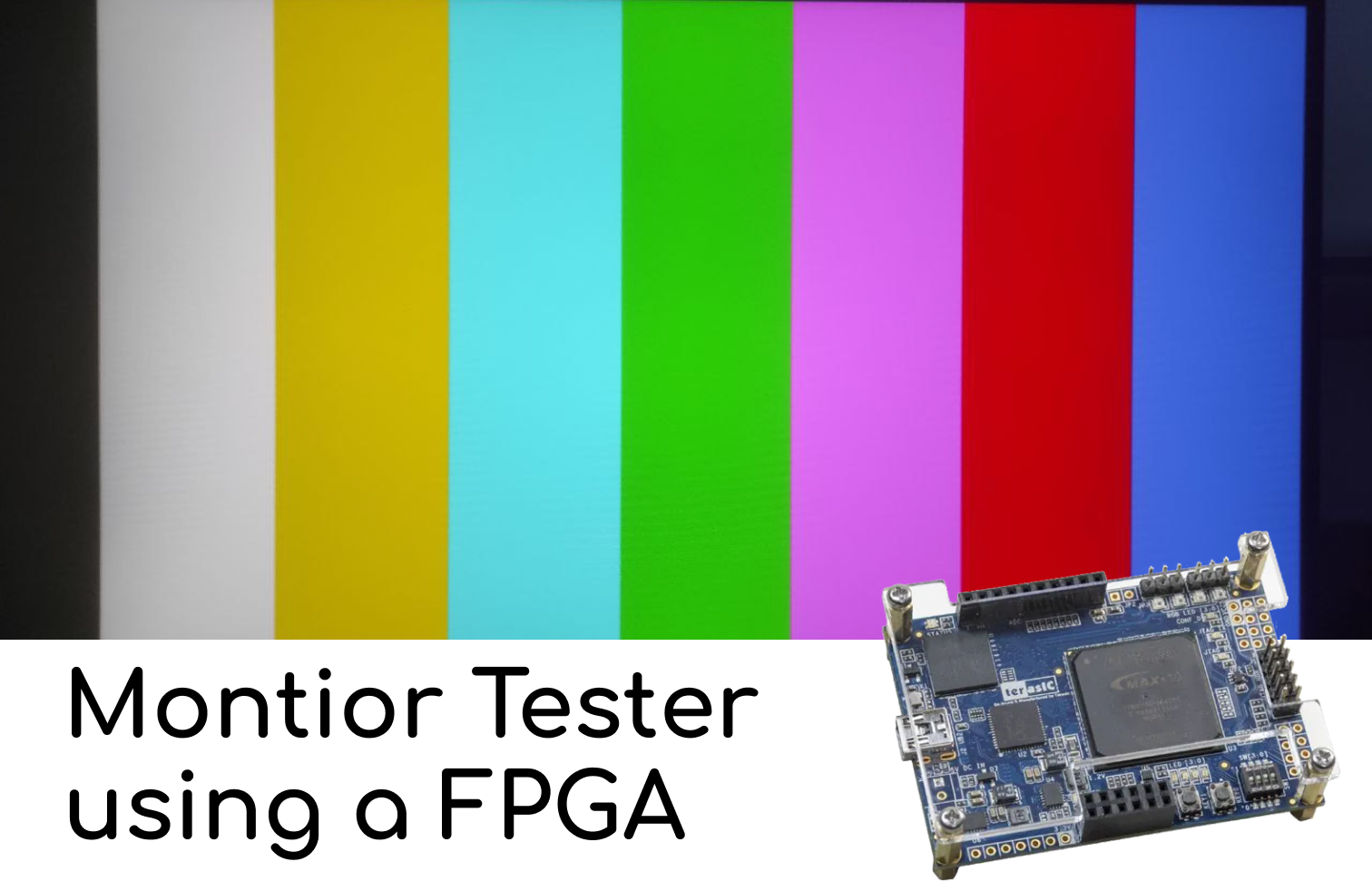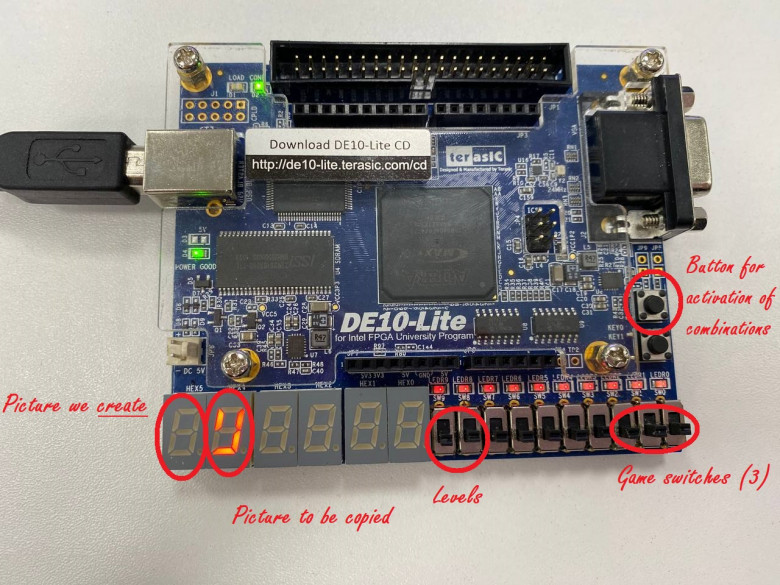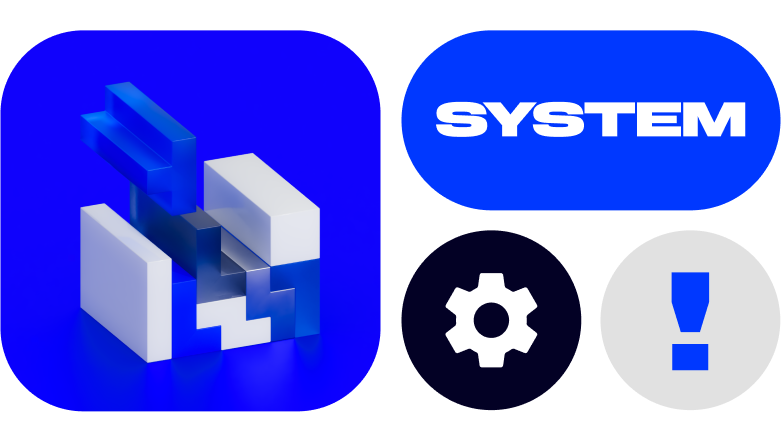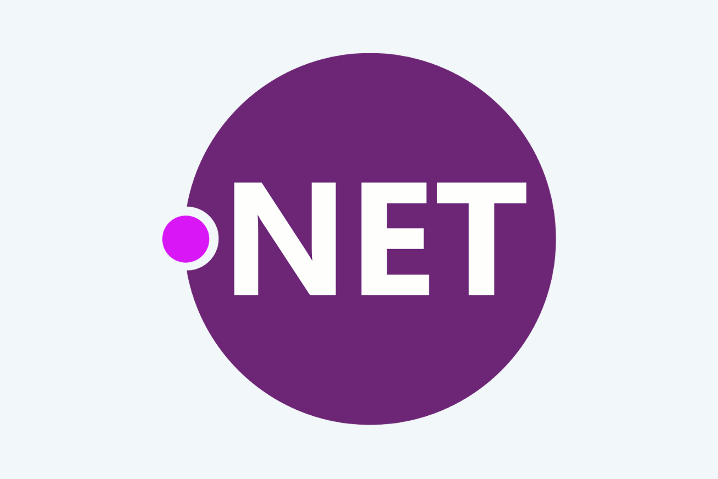 (Jean-Claude Mézières)
(Jean-Claude Mézières)
Translation provided by ChatGPT,
link to the original article in Russian
Link to Part 1: «Preliminary Analysis» (
ру /
eng )
Link to Part 2: «Experiments on a Torus» (
ру /
eng )
Link to Part 3: «Practically Significant Solutions» (
ру /
eng )
Link to «Summary» (
ру /
eng )
Experiments on the Torus
This is the second part of a study dedicated to exploring new public transportation movement schemes.
In the first part, we examined the simplest non-stop scheme and a single-transfer scheme based on it, which can be implemented in a grid city on a plane. In this part, our city model will be a grid city on a «flat» torus. Unlike a rectangle, a torus has no edge, and the positions of all points on it are absolutely equivalent. Due to the absence of an edge and (transitive) symmetry, calculations for a toroidal city are simpler, and numerical results are nearly identical to those for a rectangular city on a plane. These two conditions make a toroidal grid city an ideal testing ground for new passenger transportation movement schemes. In this article, we will explore two such schemes on the torus, and in the next one, we will return to the plane and adapt the results obtained here for use under the realistic conditions of a rectangular city.
The content of this study is not standalone and presupposes familiarity with the first part of the article. To understand Chapter 2, you will need a level of mathematics that corresponds roughly to the first two years of university; for everything else, high school level should suffice. It can be helpful to have a pencil and a piece of paper at hand while reading. If your browser displays formulas incorrectly, try refreshing the page a few times.


